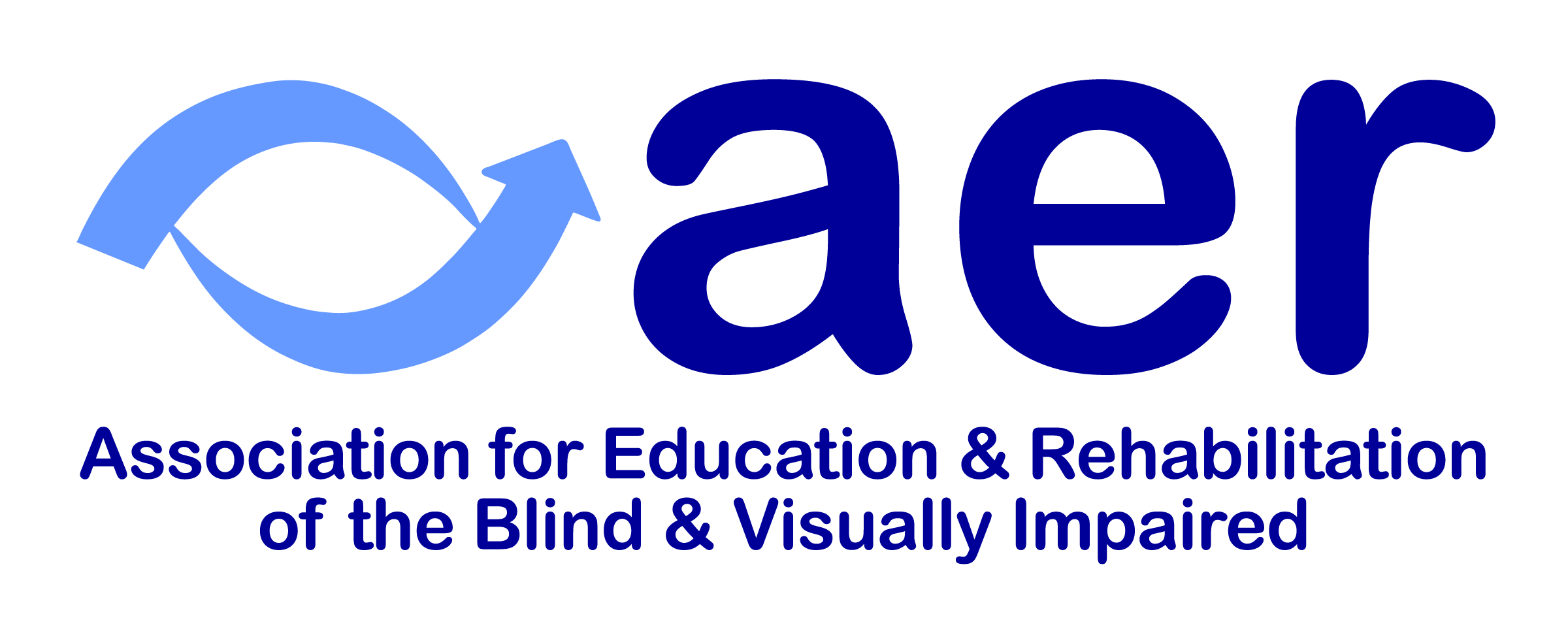AER O&M Division’s Foundations of Orientation & Mobility Webinar Series
Based on Foundations of Orientation and Mobility, Volumes I and II, each session will be presented by contributing authors, offering in-depth insights, instructional strategies, and practical applications that you can use immediately in your work. Register for sessions today!
Volume I, Chapter 16: The Development of the Profession of Orientation and Mobility Around the World
Presented by: Laura Bozeman, PhD, COMS, CLVT, Professor and Graduate Program Director: UMass Boston Vision Studies
This chapter tracks the dissemination of O&M as an instructional system around the world. Although some of this movement has been documented in the literature, most was not published until the 2nd edition of this textbook and now updated in the current edition. A great deal of the information presented in this chapter was gathered informally from colleagues who come together to participate in the International Mobility Conferences (IMC), and through responses to surveys. There are gaps in the information provided and information received across the various countries and regions of the world. While it is difficult to name all who were responsible for the introduction of O&M in each country and region, the Appendix of this chapter records the people who participated in this process.
This chapter (1) identifies the events or organizations responsible for stimulating the development of O&M in each country or region; (2) describes the programs available for training O&M Specialists; (3) develops a chronology of dissemination of the profession around the world; and (4) recognizes the various cultural, political, and economic factors affecting this process. Where possible, the material provides a perspective for the differences among countries and regions of the world in terms of the ratio of instructors to population, the service models used, the educational requirements for entry into the profession, and the development of professional organizations where they have occurred.
